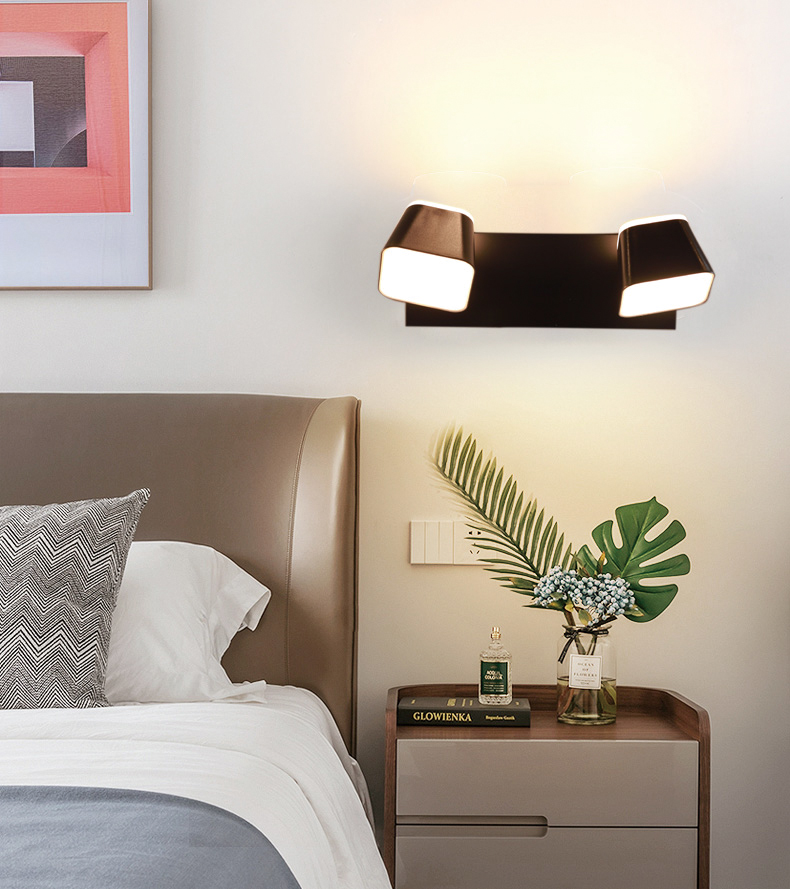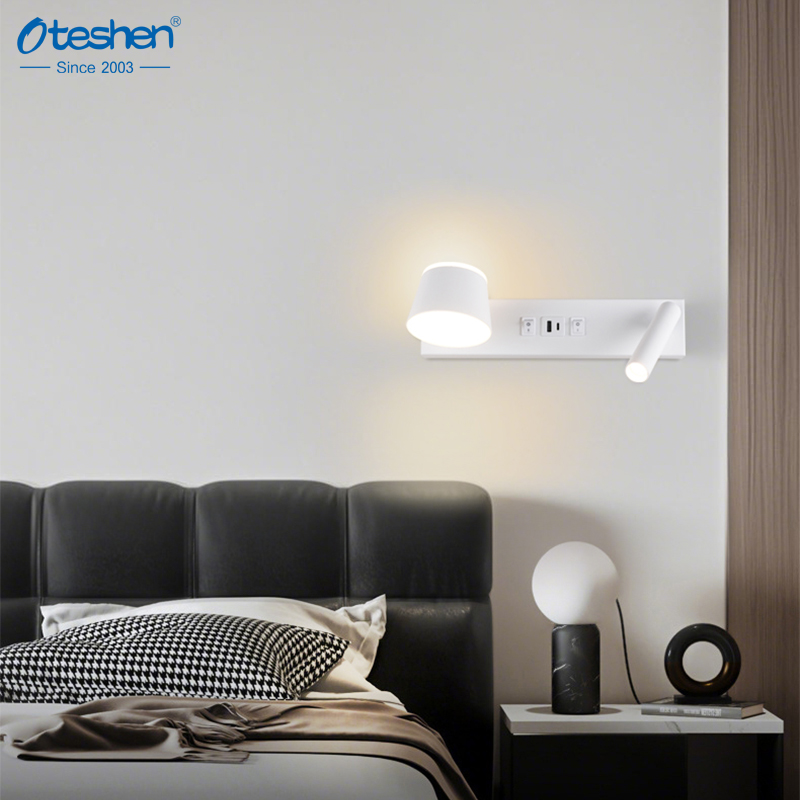A 22 years experienced manufacturer who has cooperated with 380 brands
- All
- Product Name
- Product Keyword
- Product Model
- Product Summary
- Product Description
- Multi Field Search
Author: Site Editor Publish Time: 2025-08-21 Origin: Site
As an important space for children to study, rest and play, the choice of lighting in a children's room is particularly crucial. The color temperature of lamps not only affects the atmosphere of the room, but also has a significant impact on children's vision health and emotional state. So, what is the appropriate color temperature in K for the lighting fixtures in children's rooms? This article will provide you with a detailed analysis.
What is color temperature?
Color temperature refers to the color tendency of the light emitted by a light source, and its unit is Kelvin (K). When the color temperature is low (such as 2700K), the light tends to be yellowish and warm, giving people a warm and comfortable feeling. When the color temperature is high (such as 6000K), the light takes on a cool bluish hue, appearing bright and having a certain degree of stimulation. Lights of different color temperatures are suitable for different usage environments and requirements.
Principles for selecting color temperature of lighting fixtures in children's rooms
1. Keep it gentle and natural, and avoid irritating your eyes
Children's eyes are not yet fully developed. Overly dazzling light can easily cause eye fatigue and even damage vision. Therefore, the lighting in children's rooms should avoid overly cold (with overly strong blue light) sources. It is recommended to choose warm white light or natural white light.

2. Promote learning and concentration
The color temperature of light has an impact on children's attention and learning efficiency. Studies show that natural white light at around 4000K can effectively enhance children's concentration without being overly dazzling, making it suitable for children to use when studying and doing homework.
3. Create a warm and relaxing environment
The bedtime environment needs to help children relax and calm down. Warm-toned lighting is more suitable. Warm light ranging from 2700K to 3000K can create a cozy and comfortable atmosphere, helping children fall asleep better.
Recommended color temperature range for children's room lighting fixtures
Lighting in the study area: around 4000K
It ensures brightness while avoiding overly cold blue light, which is beneficial for children's concentration and visual health.
Lighting in the rest area: 2700K-3000K
A warm light environment helps children relax, relieve visual fatigue and promote sleep.
Play area lighting: 3500K-4000K
Moderate natural light color temperature provides children with a good visual experience while playing and reduces fatigue.
Additional suggestions
Use adjustable color temperature lamps
Nowadays, many children's room lamps on the market support color temperature adjustment, which can be adjusted according to different time periods and activity needs, offering greater flexibility.
Avoid direct strong light
The lighting should be designed to be diffused as much as possible to avoid direct strong light shining into children's eyes.
Ensure uniform light
The arrangement of lighting fixtures should be reasonable, avoiding shadows and strong contrasts between light and dark, and reducing the burden on the eyes.

7. Conclusion
The color temperature selection of lighting fixtures in children's rooms should take into account the multiple needs of study, rest and play. It is generally recommended that natural white light of around 4000K be used in the study area and warm light of 2700K to 3000K be adopted in the rest area. This not only protects children's eyesight but also creates a good living environment. Choosing the appropriate light color temperature is an important part of protecting children's healthy growth.
content is empty!